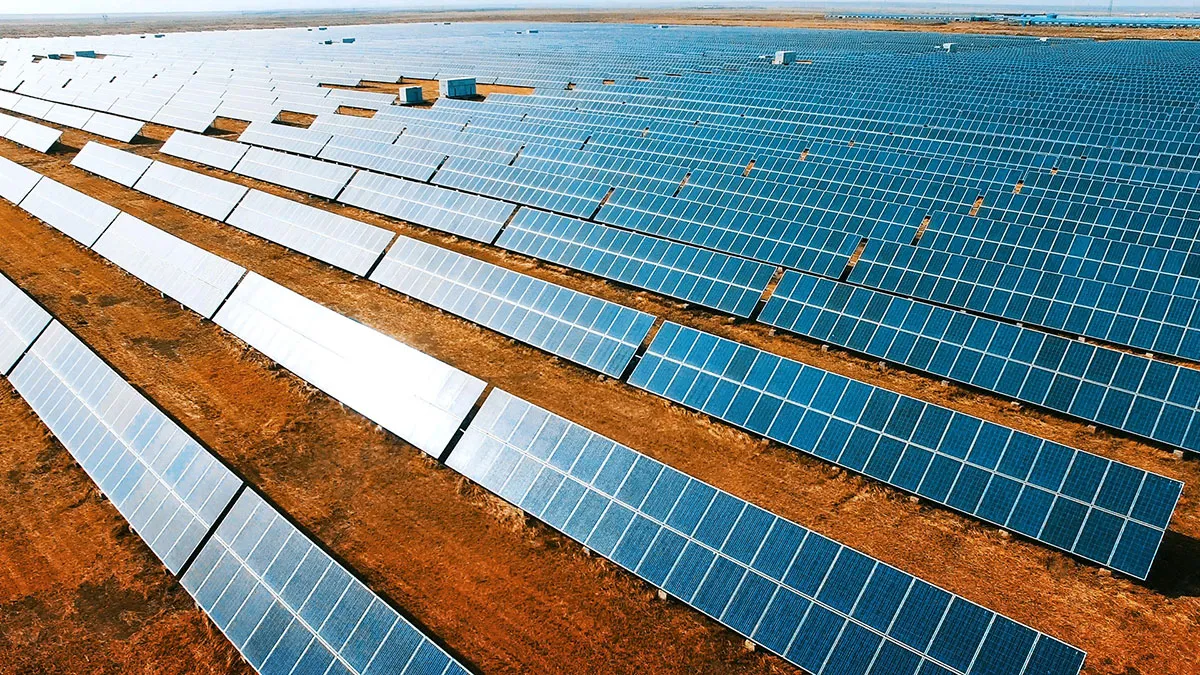Dive Brief:
- Renewable capacity in the United States will increase 65% from 2021 to 2026, adding more than 200 GW of emissions-free generation that will mostly be solar, according to a Wednesday report from the International Energy Agency. IEA warned meeting U.S. offshore wind targets may require additional federal policy intervention.
- The forecast is a 35% increase over previous estimates, IEA noted, and is driven by "state-level targets, federal tax incentives and the increasing economic attractiveness of corporate procurement of renewable electricity."
- Globally, IEA sees renewable capacity increasing more than 60% by 2026, relative to 2020 levels, to over 4,800 GW. Renewables will make up almost 95% of global capacity increases across that period, the report said.
Dive Insight:
The U.S. will be the third largest market for renewable energy — behind Europe and China — for the next five years, according to IEA, but there is growth occurring in all regions.
Globally, 2021 will see record renewable electricity additions of 290 GW, which is "yet another sign that a new global energy economy is emerging,” IEA Executive Director Fatih Birol said in a statement. “The high commodity and energy prices we are seeing today pose new challenges for the renewable industry, but elevated fossil fuel prices also make renewables even more competitive.”
China will likely reach 1,200 GW of renewable capacity in 2026, four years ahead of its current target, according to IEA. India will lead in terms of growth rate through 2026, doubling new installations compared to the 2015-2020 period.
Renewable capacity additions in Europe and the United States "are also on track to speed up significantly from the previous five years," IEA said. "These four markets together account for 80% of renewable capacity expansion worldwide."
In the United States, the renewables expansion will be primarily solar generation. More than 75% will come from solar PV through 2026, and most of the remainder from wind.
Globally, IEA concluded solar remains the "powerhouse of growth in renewable electricity." Capacity additions are forecast to increase by 17% in 2021, to almost 160 GW, while onshore wind additions are expected to be about 25% higher on average than during the 2015-20 period. Global offshore wind capacity will more than triple by 2026, the report said.
IEA raised its forecast for U.S. renewable capacity additions by more than a third, in part due to 2020 growth that topped estimates and "the expectation that this pace will continue thanks to continuously improving economics and a growing project pipeline" and fueled by "strong demand" for corporate power purchase agreements.
U.S. solar and onshore wind generation both "saw record-breaking growth in 2020," said IEA, at 19.2 GW and 16.9 GW, respectively. Those increases were "despite the lockdowns, equipment delays and social distancing measures resulting from the Covid-19 pandemic."
Policy developments on Capitol Hill are also fueling renewables growth. The 2020 extensions of the investment tax credit and the production tax credit were a boon to the industry and IEA's main case estimate "assumes that federal tax incentives are phased down as planned."
IEA expects U.S. onshore wind capacity to expand by 48 GW by 2026, and said installed offshore wind capacity will reach almost 8 GW. The forecast also "anticipates larger offshore wind additions, as federal and state ambitions ease previously onerous permitting challenges, unlocking development pipelines," IEA said.
However, policy interventions may be needed to meet the United States' offshore wind goals, IEA said.
In March, the Biden administration announced a goal to deploy 30 GW of offshore wind in the U.S. by 2030, and 110 GW by 2050. The target "will be challenging to meet unless permitting processes continue to be streamlined, vessel constraints are addressed and new areas are developed," IEA warned.















